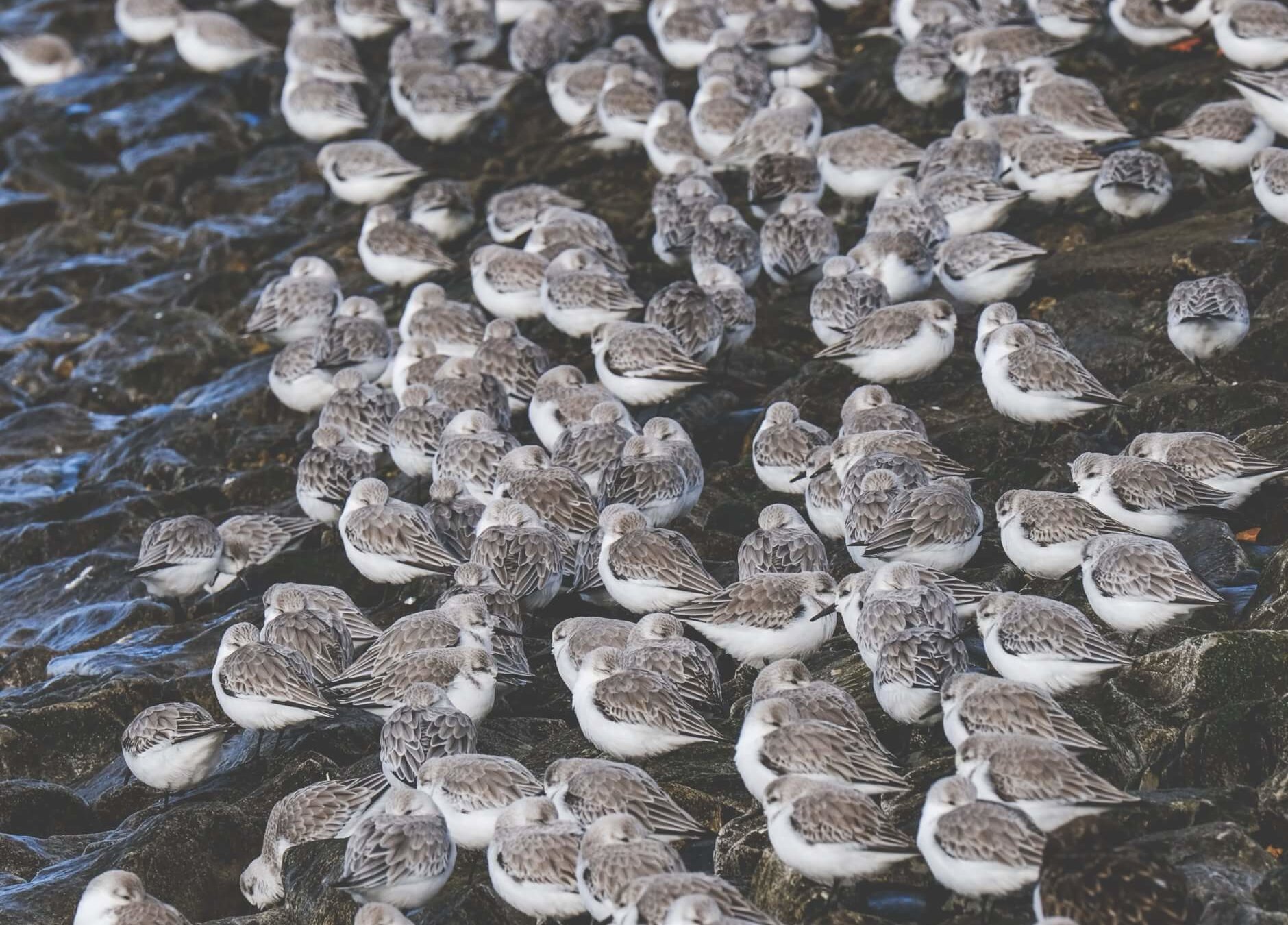By Heather Galindo
Published March 9, 2015
Title: Packing It All In
Categories: Communication
Tags: audience, presentations, Heather Galindo
Before I started traveling more often for work, I used to pack for trips by thinking about all of the things I wanted to bring with me…and then stuffing as much as possible into my allowed luggage. Who knows, I just might need three different pairs of flip-flops! But as this chore became more frequent, I realized how often I didn’t really use most of what I brought, and that my packing method was exhausting both to execute and lug around airports. And so, like any good scientist, I re-examined my method and realized that I should focus on just the things that I thought would be the most useful. Those extra pairs of flip-flops would be waiting when I returned home, and I could always purchase something I needed on the road in a pinch.
No matter how much information you have to share, it’s always a good idea to leave a little room in your suitcase.
Image by Greg Myers, via Flickr. Creative Commons.
I’ve been thinking lately about how my novice packing method is exactly the underlying reasoning that leads to science communication efforts that feel like being on the receiving end of a fire hose. Many scientists start with ALL of the knowledge they want to share…and then whittle it down just enough to stuff it into their 15-minute talk or 300-word abstract. Technically, they have met the guidelines, but similar to the effect of opening an over-stuffed suitcase, the knowledge tends to burst forth in a kind of chaotic explosion for the audience. And once that happens, it can be quite challenging to convince anyone of which parts are useful – and which are basically just your back-up pair of socks.
So the next time you sit down to write that short talk or prepare an abstract, think about the key things your audience wants from you (hint: the Message Box can help). Often these are answers to questions like: What did you discover? How did you do it? What does this mean for me? Once you have those core elements, only add the few additional items that are in support of your main messages. Are you thinking of adding a slide or sentence that seems like a tangent? You are probably better off skipping it in service of keeping the focus where you want it to be. Believe me, I know it will feel a bit weird those first few times you leave a little extra space or time in your opportunity to share your research…but I promise that your fellow passengers will thank you.
Dr. Heather Galindo worked at COMPASS from 2010-2015. This post was transferred from its original location at www.compassonline.org to www.COMPASSscicomm.org, August 2017.


